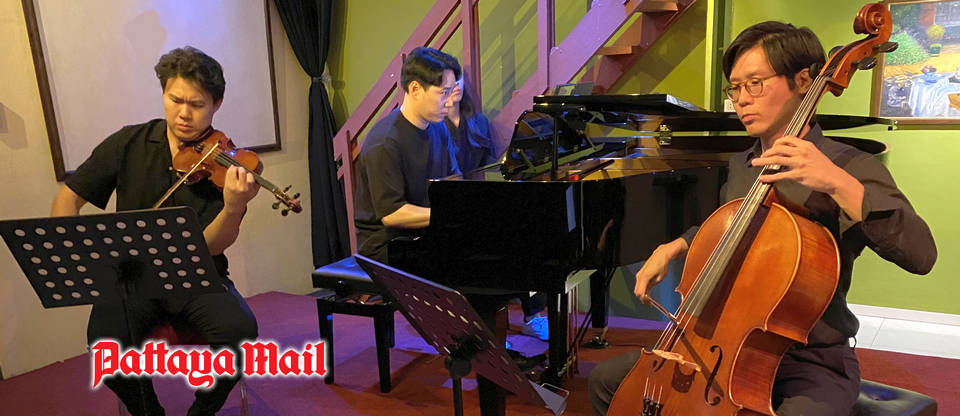
PATTAYA, Thailand – The first thing that impressed me on hearing Virtuosi Thailand was the rich, warm tone of the two string players. Being a retired string player, it is something that all string players – retired or otherwise – notice immediately. Any beginner can get a mouse-like squeak out of a violin, or an unseemly grunt out of a cello. But it takes years of trial and error, as well as hard practice to acquire the techniques for drawing a beautiful tone from a stringed instrument. It also helps if you have a good instrument but top-quality stringed instruments tend to be notoriously expensive.
Virtuosi Thailand were performing at a recent concert at Ben’s Theater in Jomtien and featured violinist Jirajet Jesadachet (Toto), cellist Panyaphat Wongwechwiwat (Hut) and pianist Dr Tarin Supprakorn. The concert included the two Mendelssohn piano trios and it was immensely satisfying to hear such a splendid tone quality from these competent and promising young musicians.
Mendelssohn is probably best known today for his Violin Concerto. Then there are the splendid symphonies, the most popular ones being the so-called Italian and Scottish symphonies. He is also remembered for the overture A Midsummer Night’s Dream which he wrote at the age of seventeen. The music historian George Grove (he of the famous music encyclopedia) described the work as “the greatest marvel of early maturity that the world has ever seen in music”. In his adult life, Mendelssohn completed the incidental music for the same play, which included the famous Wedding March. One of his most popular works is the The Hebrides overture, also known by the less lovely name Fingal’s Cave. And you might be surprised to know that Mendelssohn also wrote the melody of the Christmas carol, Hark! The Herald Angels Sing.
Felix Mendelssohn was a child prodigy. Robert Schumann, who was a close friend and only one year older, described him as “the Mozart of the 19th century”. Mendelssohn was born in Hamburg, on 3rd February 1809 into a wealthy, intellectual family. He was the second of four children and both he and his elder sister Fanny displayed exceptional musical talent. A couple of years later, the entire family moved to Berlin and at the age of six, Felix began taking piano lessons from his mother. It was soon realised that he was a musical prodigy and at the age of ten, he began studying counterpoint and composition. He gave his first concert in Berlin when he was nine and during his childhood, he composed several operas and eleven symphonies.
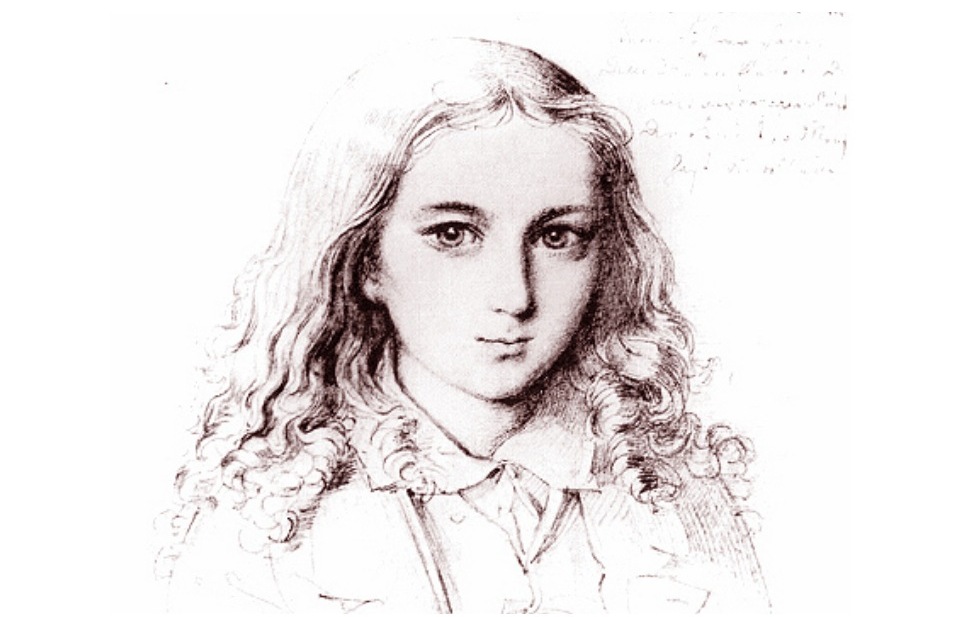
By the time Mendelssohn was a young adult, he had become a successful composer, conductor and pianist. He was a master chess-player, a competent landscape painter and socially adept because his family were well-known among the more affluent members of society. With newfound acclaim, Mendelssohn began touring and visited England many times also travelling to Vienna, Florence, Milan, Rome and Naples. He was largely responsible for the revival of J. S. Bach’s music in Germany. He arranged and conducted the all-but-forgotten St. Matthew Passion in Berlin a feat which earned the twenty-year-old Mendelssohn widespread acclaim.
When he completed his Piano Trio No. 1 in D minor in September 1839, Mendelssohn was an established composer. He’d already published five string quartets, two piano concerti, two symphonies and dozens of other works, including The Hebrides overture. This trio has since become one of the composer’s most popular chamber works. He’d been toying with the idea of a piano trio for several years and in 1832, while in Paris, he wrote to his sister Fanny about his idea of a trio in which the piano takes a more active and independent role in relation to the violin and cello.

Virtuosi Thailand gave a brilliant performance of the work, confident, technically flawless and with what seemed a thorough understanding of the music. The first movement (Molto allegro agitato) opens with a theme in the low register of the cello, played sonorously by Hut and supported by syncopated figures from the piano, superbly played by Tarin. I was impressed not only with the competent string playing but the precise, superbly articulated and virtuosic piano playing from Tarin. I was impressed with the lovely liquid violin tone from Toto, and Hut’s warm, lyrical cello tone in the high register was exceptional. I appreciated his well-articulated playing and clean decisive shifting from one note to another.
The second movement (Andante con moto tranquillo) opens with typical Mendelssohn grace and charm: a fragile melody played with great sensitivity by Tarin; with careful placing of the notes and attention to the phrasing and articulation. The moment when the strings softly enter with the melody was especially moving: perfect phrasing and sense of timing and one of the many magic moments in the music. There were some lovely lyrical moments with the cello in its high register in close harmony with the violin. The spot-on intonation from both Toto and Hut was impressive and throughout the entire concert their intonation was faultless.
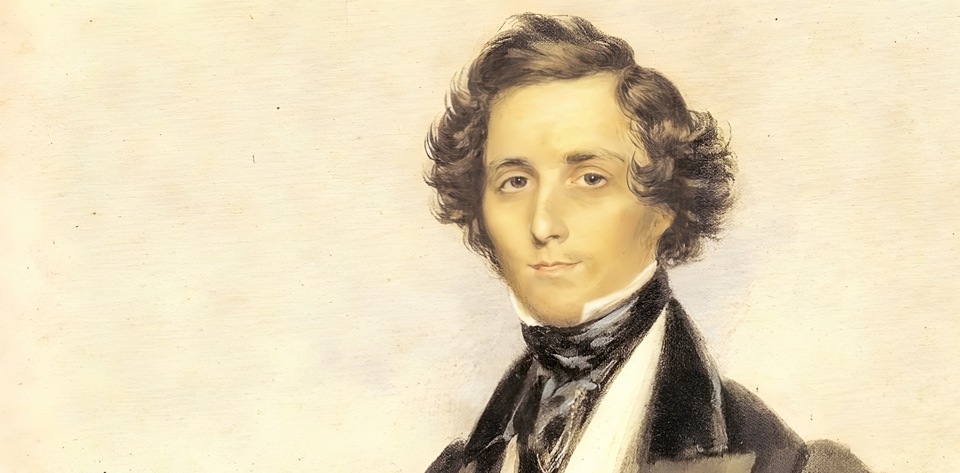
The third movement is marked Leggiero e vivace and it’s a scherzo in typical Mendelssohn Midsummer Night’s Dream style. The vivacious and mercurial music was given a sparkling performance with a superb sense of ensemble. Tarin excelled in the virtuosic piano part while Toto and Hut drove the music along with virtuosic string playing. I was also impressed with the players’ sense of phrasing. The rhythmic Finale (Allegro assai appassionato) opens with a Germanic dance-like theme echoed by the strings and I enjoyed the dynamic contrasts that the musicians emphasized, their infectious sense of rhythm and the compelling, warm string tone, even during the most bravura passages. It was a thrilling performance which was greatly appreciated by the audience.
Incidentally, in 1898, the old-established British journal The Musical Times arranged an interview with the violinist, Joseph Joachim. He’d played at the first London performance of this work almost fifty years earlier in which Mendelssohn was the pianist. For some reason, only the violinist and cellists had their music and the piano part had mysteriously gone missing. Fortunately, Mendelssohn had committed the entire work to memory. The composer modestly suggested, “Just put some music on the piano and someone can turn the pages from time to time, so that it doesn’t look as though I’m playing from memory.”
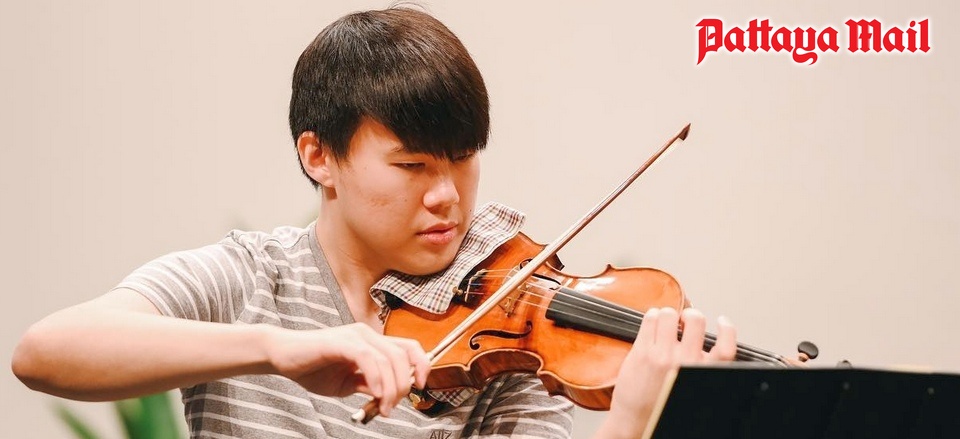
Toto is a strong player with a clean, clear tone quality and impeccable intonation and phrasing. He graduated with a B. Mus. degree at Yong Siew Toh Conservatory of Music in Singapore. He also studied at London’s Royal Academy of Music where he completed his M.A. degree and LRAM diploma. Toto is the founder of Virtuosi Thailand, a flexible entity that creates performance opportunities for young and talented Thai musicians. He also teaches at his own Bangkok String Academy, an institute devoted exclusively to training young string players towards an international standard. He’s currently working towards his D. Mus degree. His present violin is a French Amédée Dieudonné built in Mirecourt in 1942. It has a wonderful, warm and liquid sound: a tone quality that slightly reminded me of the famous French violinist Stéphane Grappelli.
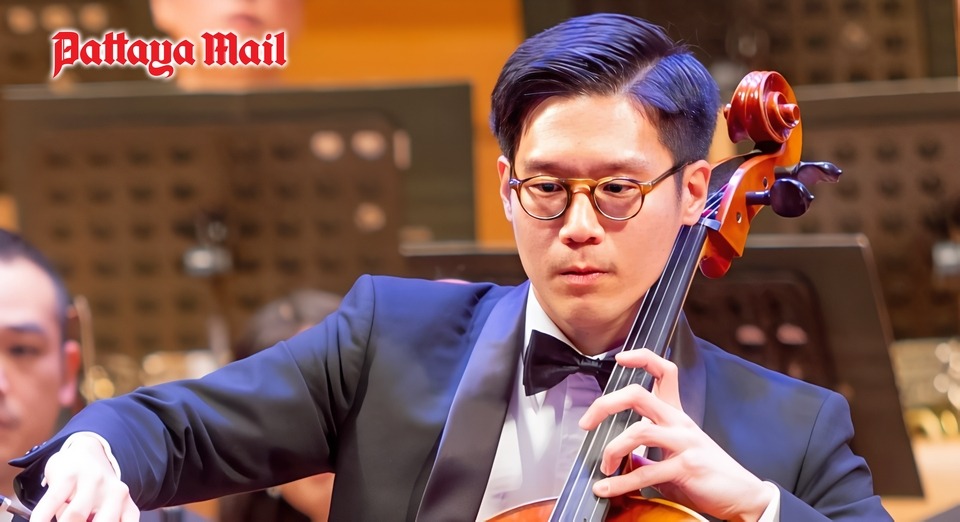
Hut plays with a clear, warm tone throughout the cello range. He graduated from The Juilliard School in New York City with a B. Mus. degree. After playing briefly with Thailand Philharmonic Orchestra, he joined Royal Bangkok Symphony Orchestra where he is currently the Assistant Principal Cellist. As a teacher, Hut has helped guide several students to win scholarships for international schools and won auditions for youth orchestras. He plays a Thomas Hoyer cello, a modern German instrument from the Hoyer family that has been producing quality bowed stringed instruments for decades.
Dr. Tarin is a pianist with superb articulation and a captivating sense of expression. A player of virtuoso standard, he’s won prestigious prizes in numerous international competitions and has performed with many orchestras in the United States, Asia and Europe. Tarin received his B. Mus degree at Yong Siew Toh Conservatory of Music in Singapore and his D. Mus at The Eastman School of Music in Rochester, New York. He’s currently a full-time faculty member at Kasetsart University and Head of Academic at Thailand’s Kawai Music School.
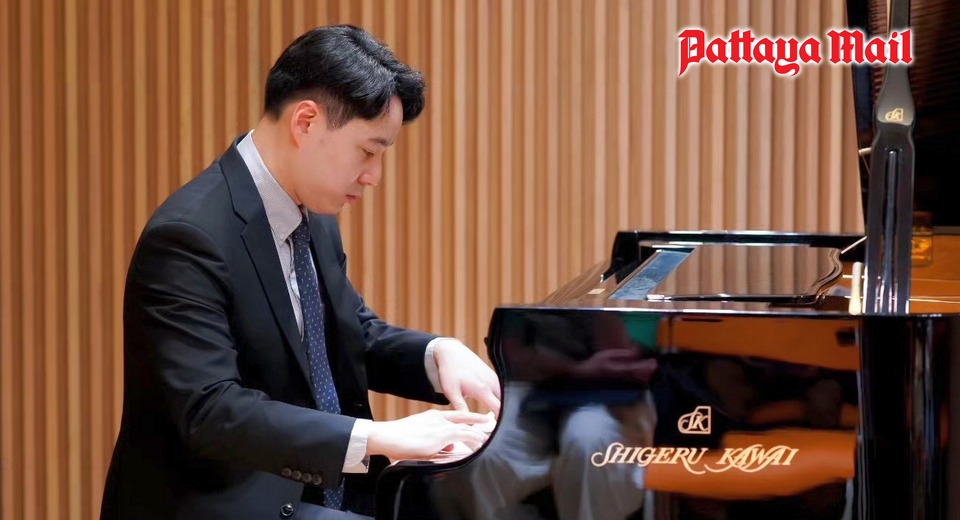
After the interval, Virtuosi Thailand presented Mendelssohn’s Piano Trio in C minor, Op. 66. For some reason, it is less popular than his first trio but to my mind, it seems more expressive and captures more subtle and melancholy feelings than the first. It was completed on April 30, 1846 just two years before the composer’s untimely death at the age of thirty-eight. The first movement (Allegro energico e con fuoco) work opens with ominous stormy arpeggios on the piano, played decisively by Tarin. Again, the sense of ensemble was impressive, coupled with an energetic approach to the movement. Like the first trio, the piano dominates the music and Tarin’s accurate and distinctive playing was compelling throughout. I thought the players brought a splendid sense of urgency to the music. There were many magic moments in this music with its ever-changing moods, which were caught in the exemplary performance.
The slow movement (Andante espressivo) opens with a prayer-like melody full of grace, charm and nostalgia. First heard on the piano and played with noticeable sensitively by Tarin, the melody is then taken up softly and gently by the strings, with perfect synchronization and well-observed phrasing. It’s almost a lullaby with a steady, triple rocking motion; gentle music that seems to dream of long ago. It gradually develops into a beautiful duet for the violin and the cello, impeccably played by Toto and Hut. This must be one of Mendelssohn’s most lovely and perfect creations; an endless melody wandering casually through different keys and ending quietly in E flat with the cello in its high register. I especially enjoyed Hut’s warm and liquid cello tone of the upper register.
The playful high-energy scherzo (Molto allegro quasi presto) scampers along with brilliant string and piano writing and showed Virtuosi Thailand at their most virtuosic. The music belts along at a breathless pace with a buoyant sense of lightness and with lovely touches of chromaticism and humour. The accurate ensemble playing was stunning and the players kept securely together even in the most technically-challenging passages. They expressed the increasing tension remarkably well and their timing at the end of the movement was perfection itself.

The Finale (Allegro appassionato) also showed the musicians in top form. The movement is dominated by an agile and playful theme which first appears on the cello, played with a charming sense of lightness by Hut and with rippling broken chords in the piano part, given momentum and drive by Tarin’s performance. There are dazzling interplays between violin and cello impeccably played by Toto and Hut. There’s a musical surprise in this movement too: suddenly we hear the old hymn tune Gelobet seist du, Jesu Christ, written by Martin Luther in 1524. This pastoral melody is heard first on the piano played majestically by Tarin, while the violin and cello play phrases derived from the original theme. Then the violin and cello take up the chorale theme which floats ethereally above the piano part. The precision of ensemble was splendid.
Suddenly the music shifts to a bright C major and the Luther’s hymn is thundered out heroically by the piano and strings with the violin in its top register, brilliantly and effortlessly played by Toto. This is an incredibly powerful and emotional passage and it’s something of a challenge to bring off this section of high drama with success, but Toto, Hut and Tarin gave a breath-taking performance and kept up the tension and drama through to the closing section which ended the work in a heroic mood of triumph and elation.
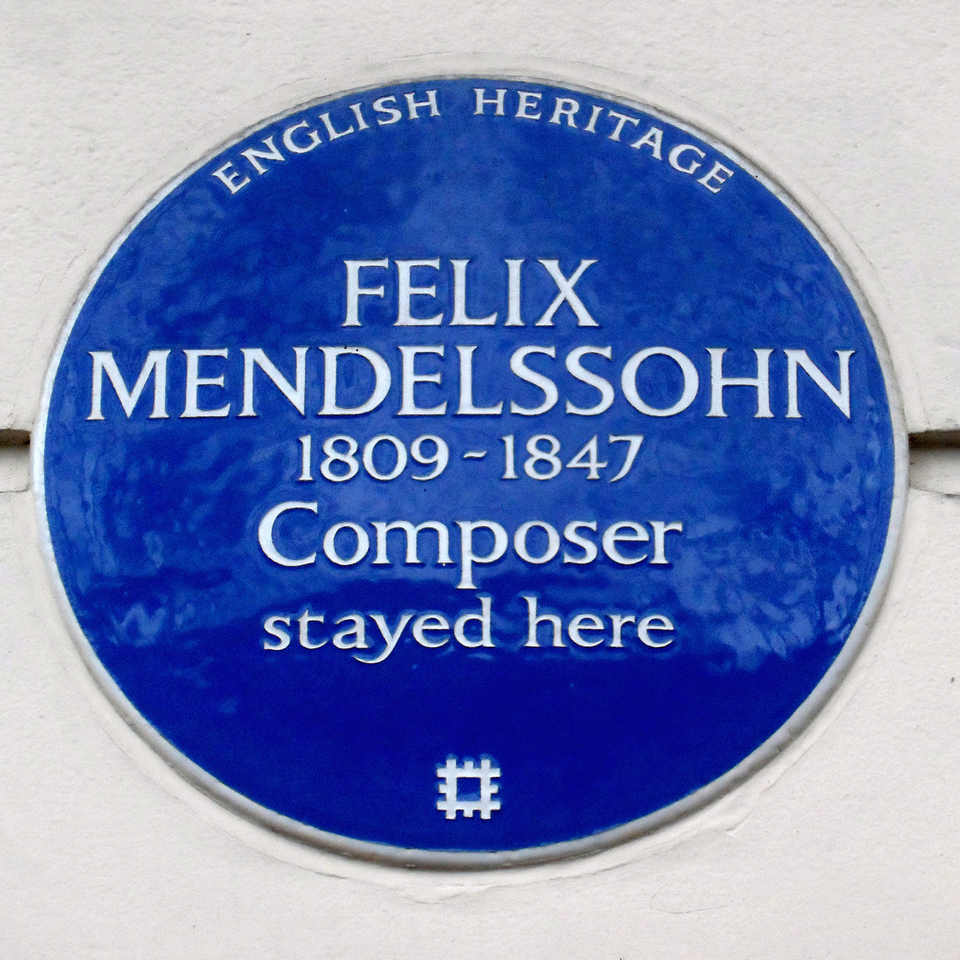
The audience appeared to love every moment and responded at the end with wild applause. Some were even moved enough to give howls of joy as though the theater had been invaded by a pack of werewolves. As an encore, the audience were treated to part of a three-movement suite entitled Café Music by the Canadian composer Paul Schoenfeld (formerly Paul Schoenfield). Commissioned by the St. Paul Chamber Orchestra of Minnesota, the work draws on many contrasting musical genres. It was a delightful and fitting end to an evening of passionate music. This was one of the most musically rewarding concerts at Ben’s Theater and the young, talented musicians of Virtuosi Thailand created a lasting impression.










